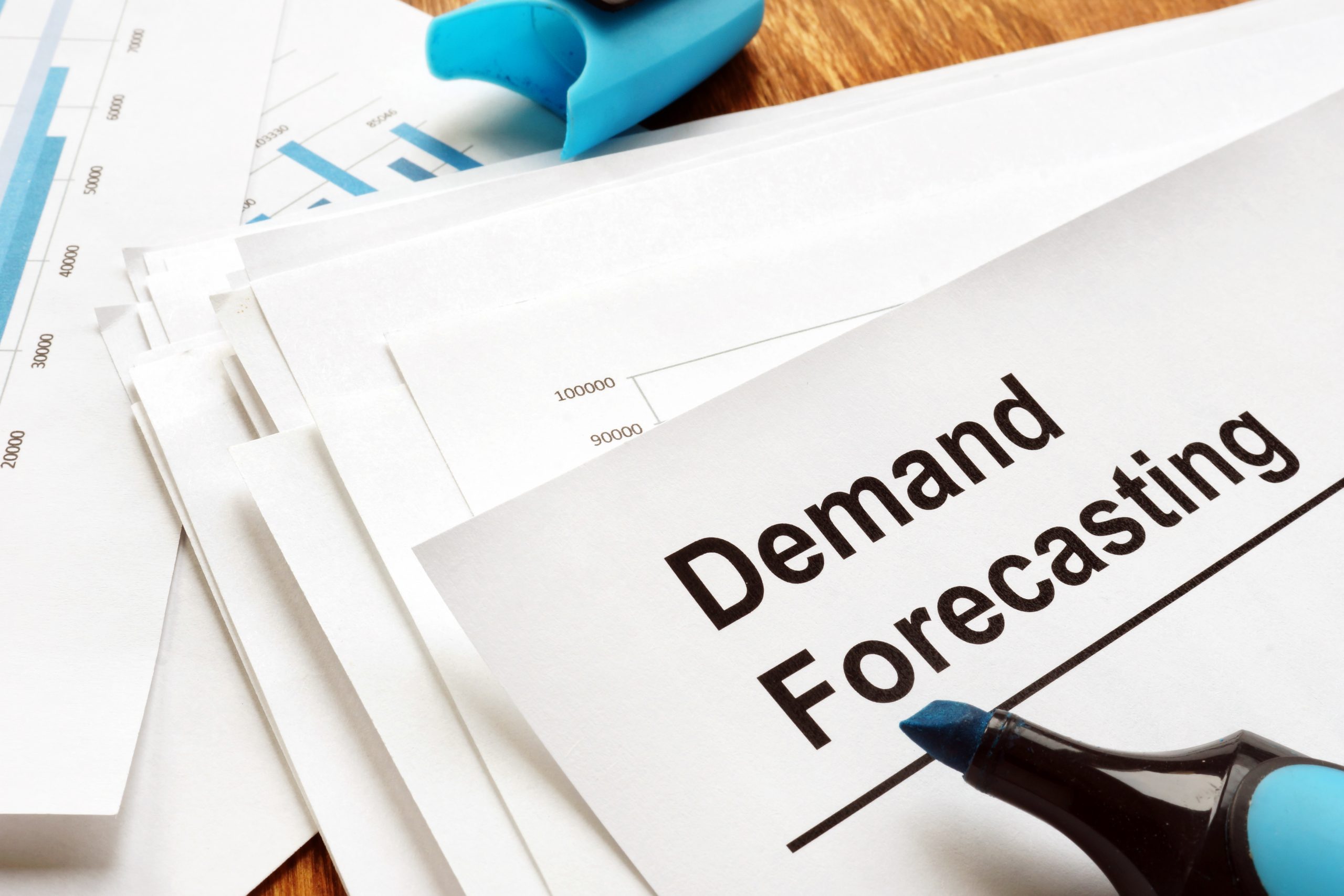Spotting Hotel Room Rate Fluctuations
Pricing is one of the most important factors any hotelier must consider when looking for ways to improve revenue. If a hotel doesn’t want to lose out to competitors, it must grow its reach and sustain its clientele. In order to do this, hotel management must understand how pricing strategy works. With the ebb and flow of pricing, rate changes must be frequent, and a hotelier must be ready to regularly adjust pricing based on demand, forecasts, and competition.
In this article, we will walk through how to know when to change the rates for a hotel.
Pricing Strategy
The first step toward any solution is to have a plan in place. Hotel revenue management is no different. Review your market data, and look for your target audience. Who is staying with you, and what are their biggest demands? Look at your location, how many competitors are nearby, and the size of your hotel versus the competitors’ hotels.
With today’s technology, this information can be at the fingertips of a hotelier in seconds. Pricing and business intelligence tools, like revenue management software (RMS), can give much of this information in real-time, so data can be analysed at a moment’s notice.
Factors That Impact Room Pricing
Once data is gathered that can be put toward a pricing strategy, a hotelier needs to consider some of the other factors that will impact changing prices in the region.
Seasons
Peak season will always create additional revenue for a hotel. There is an increase in travellers to the destination, and they are often willing to pay more for a hotel. Forecasting these busy times is crucial to a business plan. A hotelier must know when peak season is in the area of each hotel owned and adjust prices accordingly.
Demand
Market demand has an impact on all business pricing structures, and hotels are not exempt from this. If there is a convention or a sports tournament nearby, hotels will be in high demand. A hotelier can use an RMS to help with these fluctuations and change room pricing on a daily or hourly basis as the supply and demand of rooms ebbs and flows.
Airline Prices
While factors like the price of crude oil don’t have a direct impact on a hotel, they do have some effect on the price of an airline ticket, which in turn, has a direct impact on how many travellers will be flying. RMS tools can have flight price data available for hoteliers so they can be prepared for the fluctuations as they happen.
Natural Causes and Unexpected Events
No one can predict with any certainty a natural disaster, but when one strikes, hotels may be in high demand. As clean-up crews come to town after an earthquake or tsunami or curfews are announced, these events often trigger an influx of people and the need for a change in hotel pricing.
In Conclusion
There is no one set pricing strategy that works well for all hotels, but one thing is certain — each hotel needs a strategy in order to navigate the fluctuating prices of the hospitality industry. By using revenue management software, hoteliers can manage their data, change pricing at a moment’s notice and keep their hotels on track for business growth. RMS solutions allow hoteliers to easily adapt to the ever-changing supply and demand issues a hotel faces and keep them abreast of what the competition is doing so they can better react.
As a hotelier, if you are unsure of how to start a pricing strategy, or which software solutions are best for your hotel, seek help from our experts. They can guide you along the path to success.










